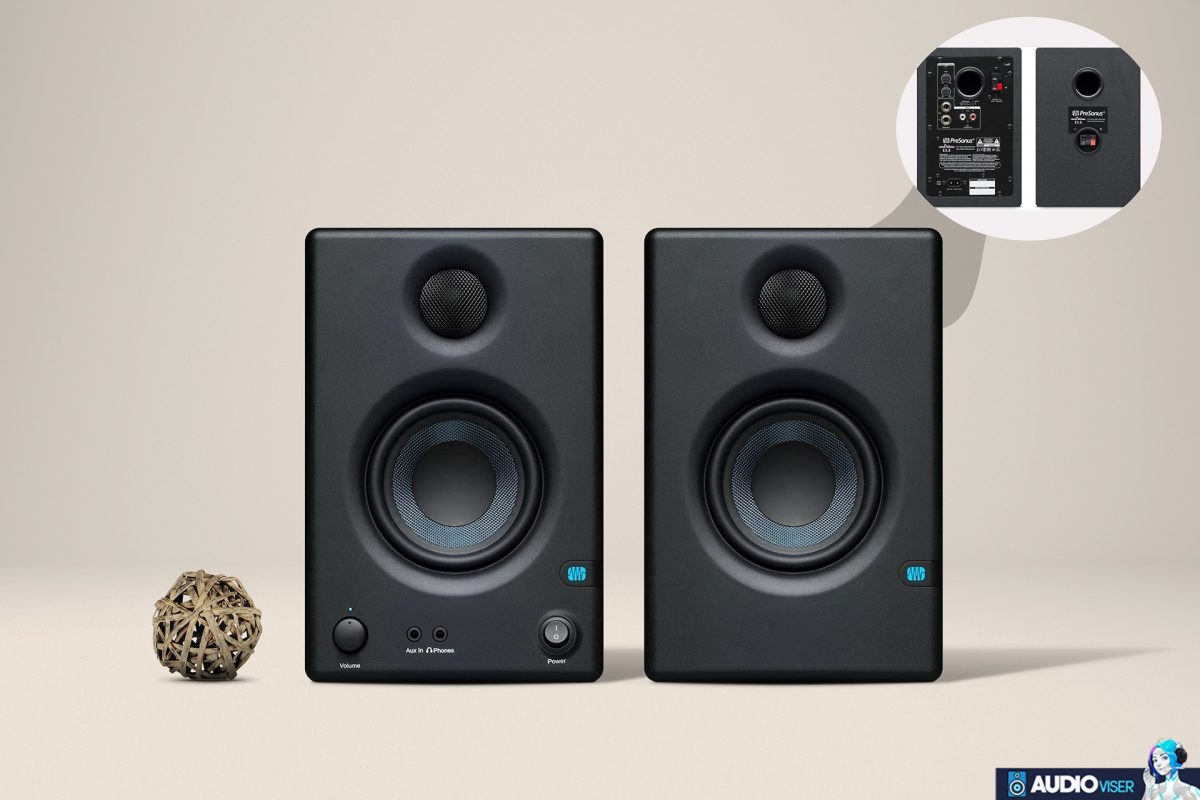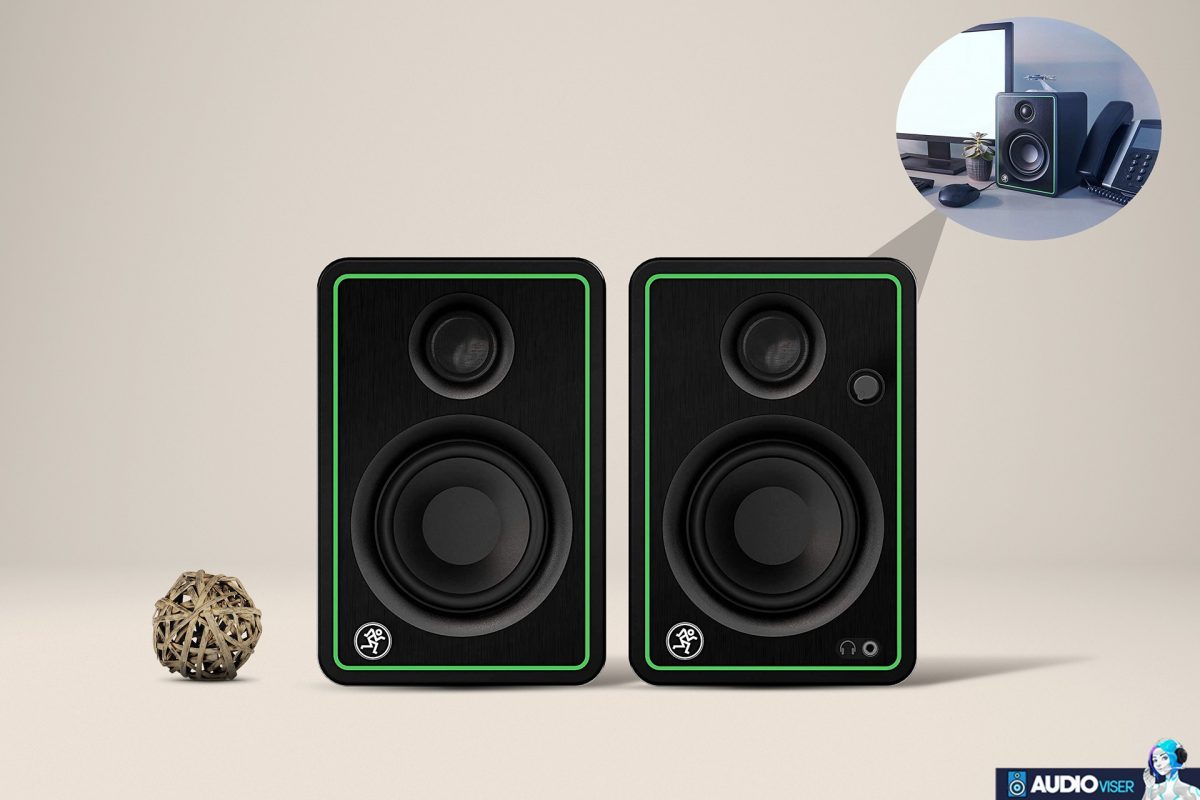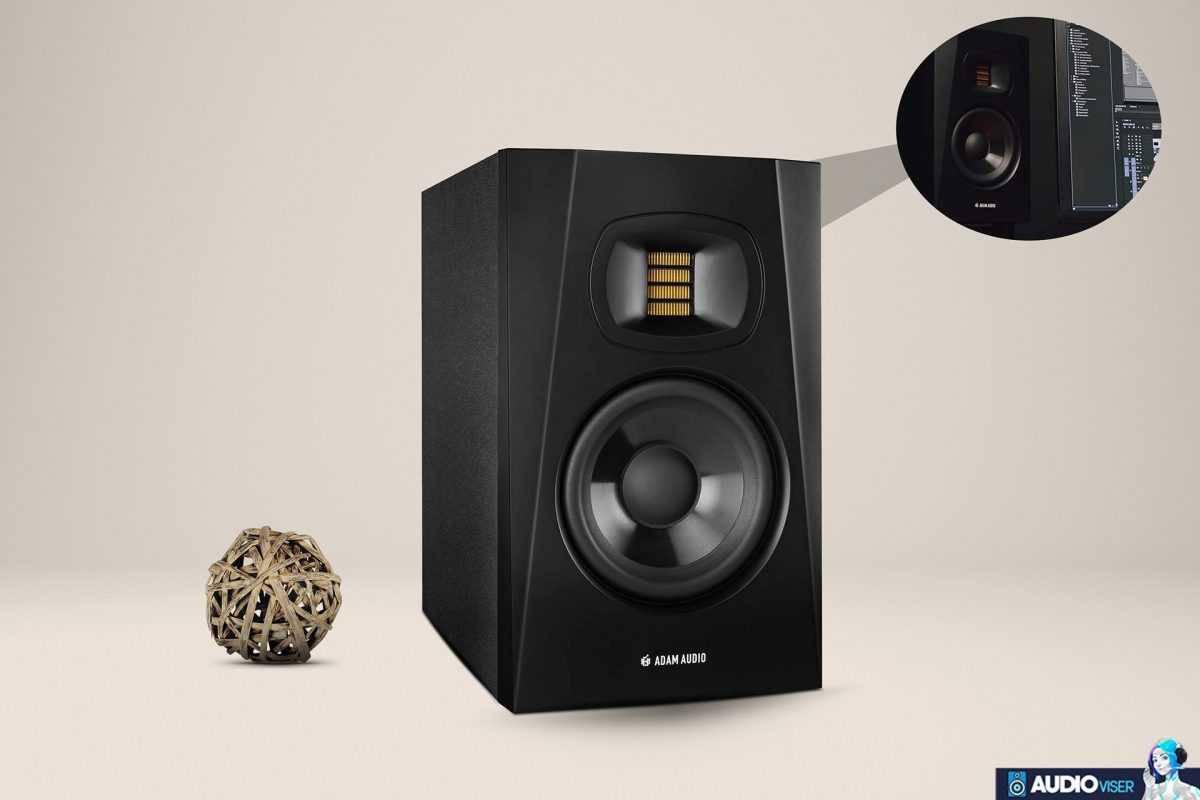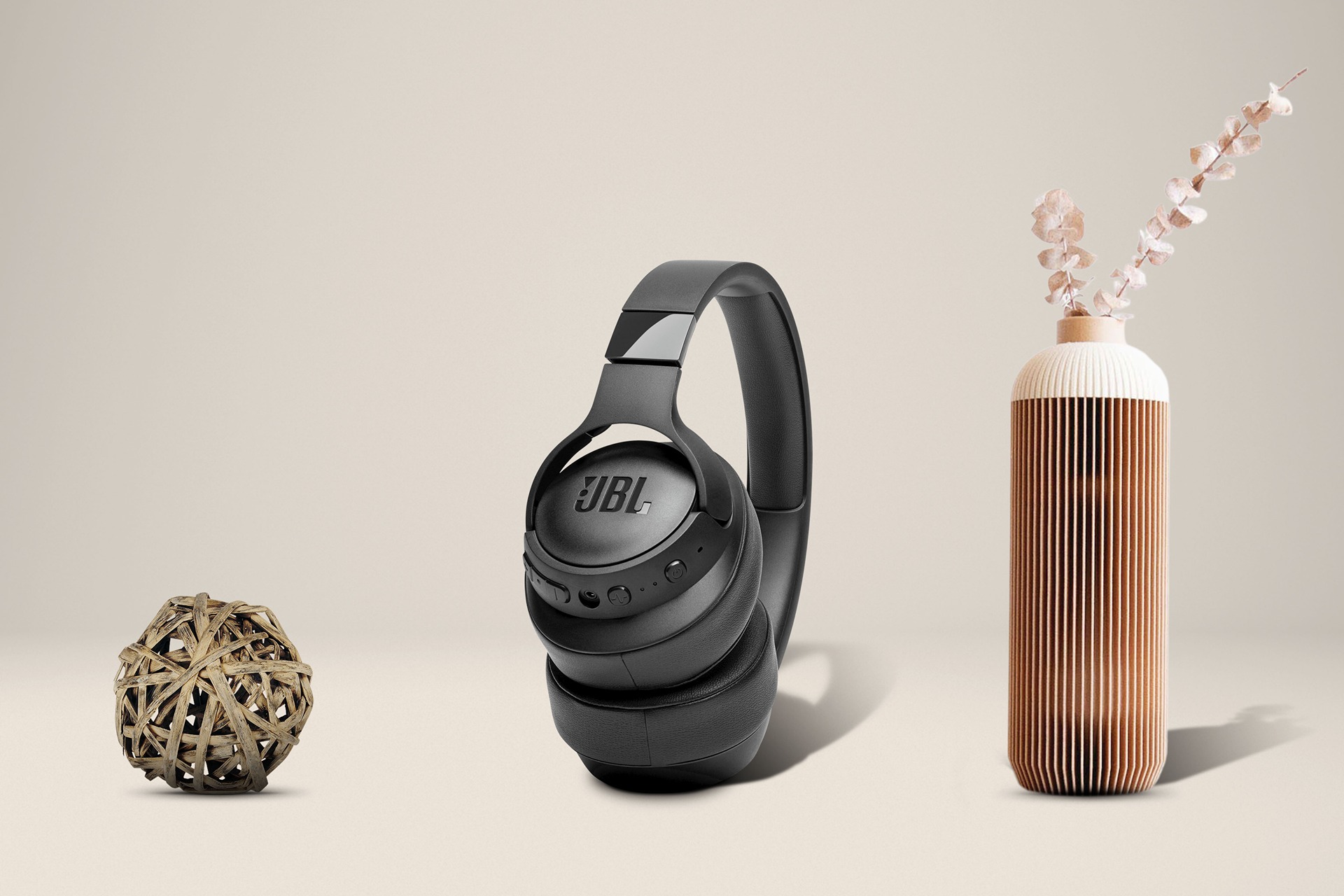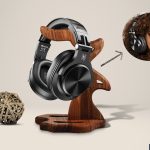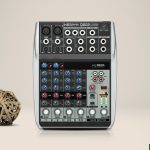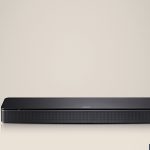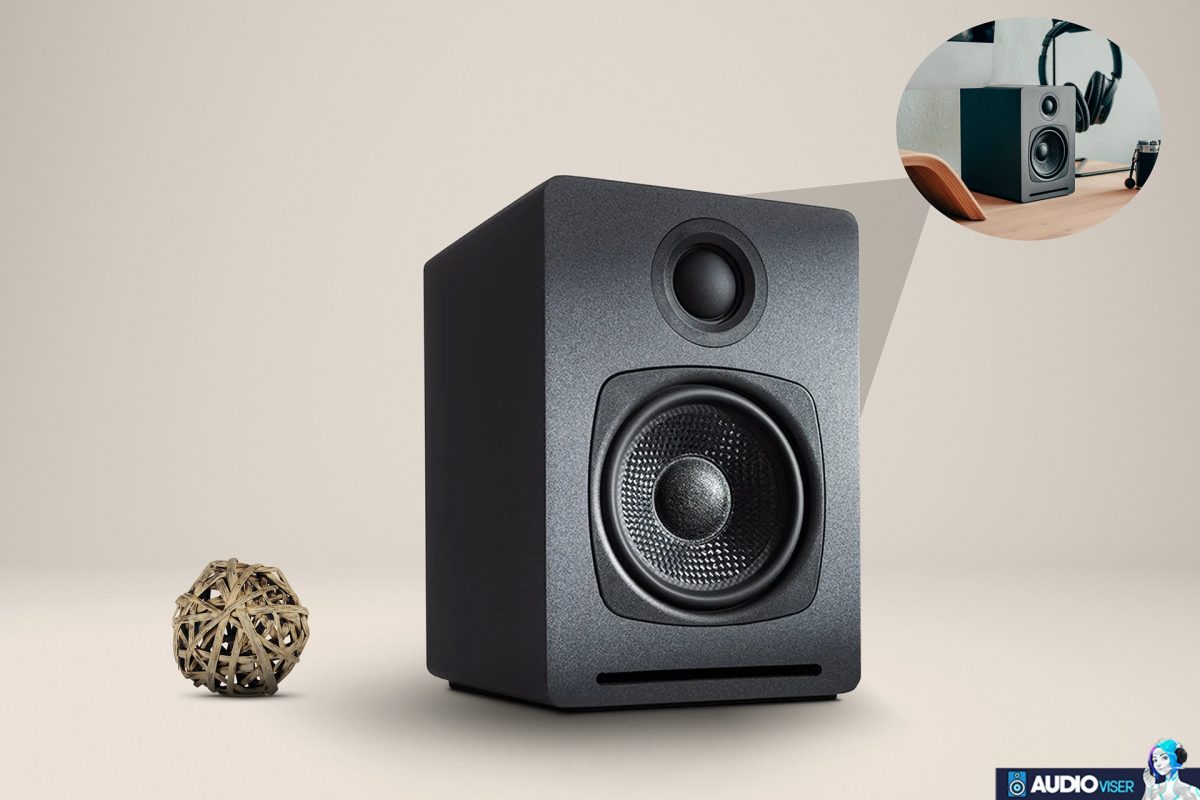
It seems out of the question to accomplish professional results if the needed equipment isn’t as it supposes to be. Guitar players are cool but not engaged in a specified activity to break the audio engineering into details.
In brief, the better the pieces of equipment are, the less skill is required, so you can around and figure out where the mistakes are done.
Thankfully, the current market has a lot of professional studio monitors to offer and it gets confusing when you have tons of options. Today is all about guitarists but it’s obvious that you can use it for other stuff too.
Let’s break down the guitar monitoring and recording gears so these professional types of equipment can help you achieve better results.
Let’s take a look at the best studio monitors for guitar.
| Image | Product | Features | Price |
|---|---|---|---|
Best For Acoustic Guitar  | 8.6 | Check Latest Price | |
Best For Electric Guitar  | 8.5 | Check Latest Price | |
Best Budget  | 9.1 | Check Latest Price | |
Best Overall  | 8.8 | Check Latest Price | |
Best For Home Music  | 8.6 | Check Latest Price |
The Top 5 Best Studio Monitors For Guitar
1. PreSonus Eris E3- Best For Acoustic Guitar
PreSonus Eris E3 offers two options, whether you want Bluetooth or wired connectivity. The matte black and minimalist look uses vinyl coating to handle scratches or fingerprint marks, plus it’s very compact.
PreSonus Eris E3 produces a great sound quality despite the affordable price. You pay less and get really nice balanced tones in all frequencies. The voices seem clear and the high-frequency responses are impressive. The mids shine brightly with no sign of muddiness. The lower tones are smooth with not much deepness. If you want exceptional low-ends, adding a subwoofer isn’t a bad idea.
The created balance makes PreSonus Eris E3 great for music production, especially for guitars at 100 dB SPL. Up to 3.2 feet, the music is going to sound loud by mixing blues, bluegrass, country, flamenco, folk, jazz, pop and more.
Bi-amp system has a 1-inch silk dome and 3.5” Kevlar woofer and a 50W total power output that is loud enough to fill the small to mid-size studios. Besides audio enjoyment, PreSonus Eris E3 is great for gaming and onboard headphone amplifier.
PreSonus Eris E3 Main Specifications:
- Type: Bi-amp system (2 x 25W)
- Frequency response: 80Hz – 20kHz
- Tweeter: 1-inch silk dome
- Woofer: 3.5” Kevlar woofer
- Connectivity: TRS jack, RCA and stereo mini jack input, headphone
- Product Dimensions: 6.4 x 5.6 x 8.3 inches
- Item Weight: 6.4 pounds
Why Should You Buy It?
Affordable Price Range
Anti-scratch and Fingerprint Marks
Compact and Lightweight
No Muddiness at High Frequencies
Impressive Mid Tones
2. KRK Classic 5- Best For Electric Guitar
If you have seen KRK before, the brand never seems to make much difference in the look, especially the yellow woofer and it’s like the yellow and KRD became an inseparable couple. The body construction is quite compact and is made of a black glossy texture design.
It is mainly designed for music production for DJs. That is a nice bonus because it makes KRK Classic 5 very useful in the higher frequencies. Typical electric guitars are easier to use and in high e-string frequency, the sounds show great performance.
The 5″ woofer produces nice bass and a 1″ tweeter is clear enough for mixing pop and rock to folk and country music, blues, and jazz work well.
50 watts power output is a calculated work in KRK Classic 5. It shows great result delivery with a really deep bass effect (extends to 46 Hz). specifically in the flat setting. The mid-tones are great and the lowers really go low which makes it useful for EDM music folks.
The connectivity in the KRK Classic 5 uses the wired form only. XLR, 1/4″ TRS, and RCA inputs are available.
KRK Classic 5 Main Specifications:
- Type: Bi-amp system (50W Total Power)
- Frequency response: 56Hz – 30kHz
- Tweeter: 1″ textile soft dome tweeter
- Woofer: 5″ glass aramid composite woofer
- Connectivity: XLR, 1/4″ TRS, and RCA inputs
- Product Dimensions: 15 x 12 x 10 inches
- Item Weight: 6.6 pounds
Why Should You Buy It?
Articulates Accurate High Frequencies
Good-looking Design
The Bass Effect is Deep
Accuracy in Critical Listening
3. Mackie CR3-X- Best Budget
Too much beauty for the budget-priced studio monitor. The Mackie CR3-X is built with the same vinyl coating. The sparkling green lines all over the edges seem to add extra spice to the look. However, don’t expect to last it for ages, but currently, if you are on a tight budget, this will do it.
The sound quality despite the price and 3-inch size is good. The mid and high-frequency response isn’t something exceptional but stays somewhere in between. A sad thing is that the bass effect isn’t that satisfying, again we cannot blame it because it’s an entry-level monitor.
CR3-X is surprisingly loud and clear in critical listening, especially in flat sounds, we should give the manufacturer thumps up. The sound clarity is very nice at every volume level, so if you’re a beginner in this world of studio monitors, you won’t be able to recognize the difference between other high-quality brands.
You better choose Mackie CR3-X if your room or studio is small, otherwise, it won’t fill the entire room. An 80Hz to 20 kHz frequency is sensitive at 97dB which is loud enough to notice the clarity and details.
As for connectivity, wired form is employed. On the front side, you have AUX input for headphones as well as an RCA amp and 1-4″- 1/8″ TRS.
Mackie CR3-X Main Specifications:
- Type: Active 2-Way
- Frequency response: 80Hz -20 kHz
- Tweeter: 1 x 0.75″ Silk Dome
- Woofer: 1 x 3″ Polypropylene Cone
- Connectivity: AUX input, RCA amp and 1-4″- 1/8″ TRS
- Product Dimensions: 5.5 x 7.1 x 8.1 inches
- Item Weight: 7.8 pounds
Why Should You Buy It?
Great Value For Given Price
It’s Quite Loud for 3″ Size
Nice and Clear Loud Sounds
Accuracy in Critical Listening
4. ADAM Audio T5V- Best Overall
ADAM Audio T5V is a lightweight polypropylene body constructed single woofer for optimal durability. The gold ribbon tweeter is the brand’s finish touch, so it can look premium just the way it is.
Audio T5V works best from just a few feet away, you know the details are more hearable. The sound quality is amazing but is not everyone’s cup of tea to like the sound of a ribbon tweeter. Actually, the U-Art tweeter that ADAM Audio uses, is debatably the best in the sector.
If you analyze sounds like you’re doing research, details are highly presentable. The mid ranges cover spatial perception of any musical situation. The vocals on the other side are super clear for the offered size. The issue may arise in the lower mid-tones, but it’s minimized than in previous generations.
The surprising Santa relies on the low-end tonalities. It’s amazing for a 5″ woofer, the bass is punchy and rich without the sign of distortion. This part really deserves praise.
As for the connectivity aspect, there are 2 ways, a balanced XLR point, and an unbalanced RCA connection, sadly no Bluetooth signs.
ADAM Audio T5V Main Specifications:
- Type: Bi-amp system (70W Total Power)
- Frequency response: 45 Hz – 25 kHz
- Tweeter: 1.9-Inch Accelerated Ribbon Tweeter
- Woofer: 1″ Polypropylene Cone
- Connectivity: XLR, and RCA
- Product Dimensions: 11.7 x 7.0 x 11.7
- Item Weight: 12.6 lb.
Why Should You Buy It?
Nice Response in All Frequencies
Ideal for Analytical and Detailed Listening
Exceptional Mids
Excellent Bass Reflex
5. Audioengine A1- Best For Home Music
The best option for beginners and those who use home studios rather than large space studios, these bookshelf stereo monitors are the ideal choice. Such a mini and lightweight design have a bold handcrafted design. The gray and slightly textured body looks even cooler than most of the studio monitors so far.
Audioengine A1 2 speaker set up, due to its size cannot match the power of larger siblings. The sound quality is mid-range, but loudness is on point at 60 watts of power output. Satisfying the guitarists’ conception of the acoustics track is what makes this studio monitor worth it. Also, instrumental music genres, as well as vocals, are great for bringing to the table the essential parts of your work.
The heavy bass is missing somehow, so it tested negative in that matter. When you listen to Billie Eilish’s song “bad guy”, you will notice the weakness, however, it isn’t that ear-bleeding.
Audioengine A1 is convenient to handle because not only for computer use but also is compatible with smartphones, tablets, and other music players. Besides, Bluetooth connectivity, you also have a wireless option which requires extra bucks to purchase.
Audioengine A1 Main Specifications:
- Type: 2-Way 60 W Peak (30 W RMS)
- Frequency response: 65Hz-22kHz
- Tweeter: 3/4″ silk dome tweeters
- Woofer: 2.75″ aramid fiber woofers
- Connectivity: Bluetooth 5.0 (up to 100ft range), aptX, AAC, SBC.
- Product Dimensions: 8 x 12 x 15 inches
- Item Weight: 3.1 pounds
Why Should You Buy It?
Nice Frequency Response in All Frequencies
Extremely Compact and Portable
Bold Handcrafted Design
Bluetooth 5 up to 100ft Wireless Range
Is it Necessary to Buy a Studio Monitor?
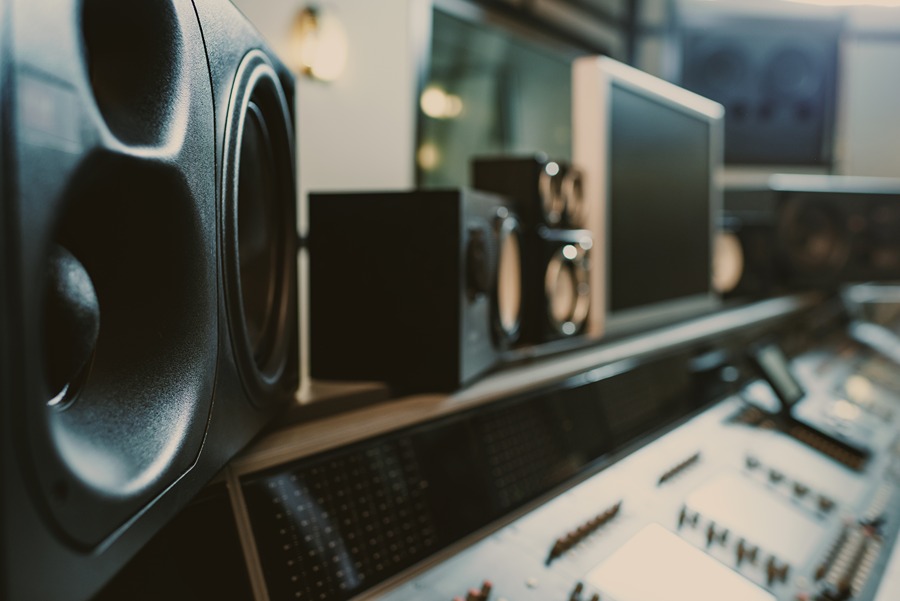
It is considered favorable to get one if you want to record, mix or master your music production. Another fact to consider whether to buy or not is getting at least a single studio monitor, believe me, the difference is visible. First, the details are highly noticeable and you can detect any imbalance between the sounds. Plus, if you don’t own one, the chances of noticing the mistakes are higher, and you need to put in extra effort to reach that perfectness.
Remember, the larger the size, the better the sound production will be. It would be ridiculous to expect something extraordinary from the small compact-sized studio monitor. However, if it isn’t necessary, don’t go to buy super large monitors because if the space is small, you won’t need monsters in your studio.
Should You Buy a Studio Monitors or Speakers?
The studio monitors are mainly designed to give flat accurate frequencies. The smoothness and pureness is the main goal. On the other hand, speakers are used to intensify, increase, or further improve the audio quality, and it isn’t the best option for professional use. It is more like completing a home theater system.
Studio monitors have bass and pure clear sound reproduction and have a more versatile use. You better get a studio monitor instead of speakers because these professional monitoring technology pieces allow you to take them home and listen to music casually. You cannot use speakers for mixing or monitoring your work.
Do You Need an AMP for Studio Monitors?
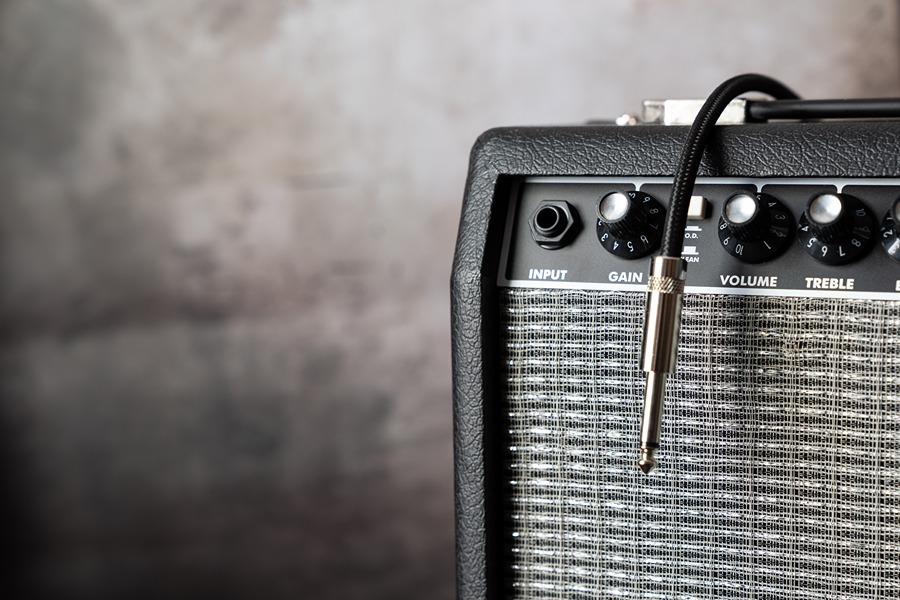
The indicator or the action that conveys information is not strong enough which leads to asking for help from an amplifier. The amplifier can be located inside the studio monitors that are called active amplifiers, and then there is a passive amplifier which is sold separately, and that my friends match your passive studio monitor needs.
So in short, if you have a passive studio monitor it is a must, if you have an active studio monitor, it is optional.
A Restatement of Main Points
To conclude the article briefly, the studio monitors seem an ideal option for monitoring mixing and everything that has to do with the professional use.
Our pick is from ADAM Audio T5V’s side since it equips great power output. Sick and tired of the tangled cords? without a second thought go for Audioengine A1. PreSonus Eris E3 and KRK Classic 5 are other high-quality options to consider. Beginners and tight-budget peeps can go for Mackie CR3-X.
It’s not necessary to own a studio monitor, but the unsteadiness and imbalanced sounds will be the result. The clarity is exceptional, plus you can listen to casual music with them.
What About the Size and Placement of the Studio Monitors?
You have to be careful with the listening distance, if you’re a professional user and you monitor or mix for a living, no doubt go for larger studio monitors. If you are a beginner or have a narrow space, no need to spend extra money, directly go for compact sizes. The size is determined by tweeters and woofers, not the overall height.
As a placement, between 8-12 inches will be enough to avoid the sound reflection.
Further Reading
If none of the above didn’t impress, the never-ending options are always available. Feel free to check out other options like Studio Monitors for Rock and Metal Music as well as Studio Monitors for Video Editing. and Small Studio Monitors.
Additionally, if you want to accompany your speaker with headphones check out Electrostatic Headphones, KZ Earbuds, Headphones For Field Recording, Headphones For Drummers, and Headphones For Jazz Music.
Pick these Headphones For Dell Laptop Users, and Headphones For HP Laptop Users if you are looking to complete the audio equipment.
Audio Engineer
You’ll never find anyone more passionate about audio as me. I love to share my knowledge with others and help people find the right equipment for them.

